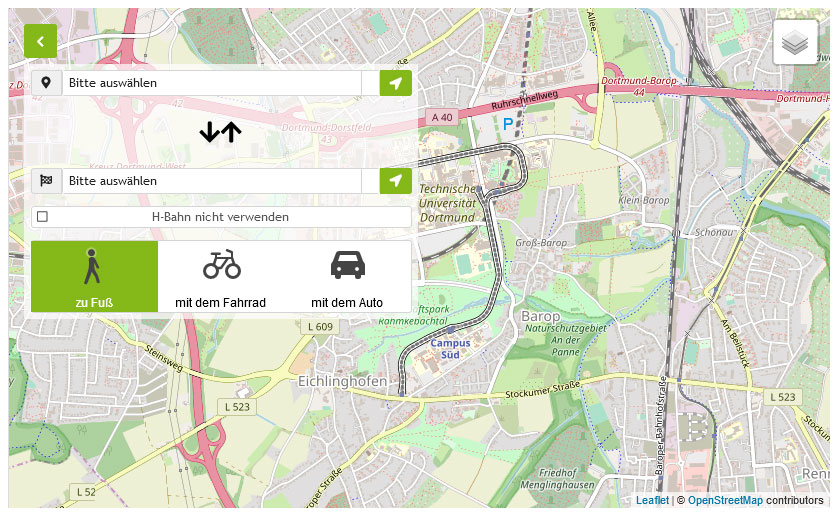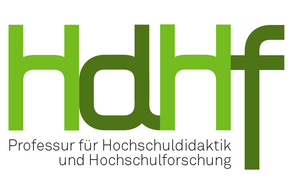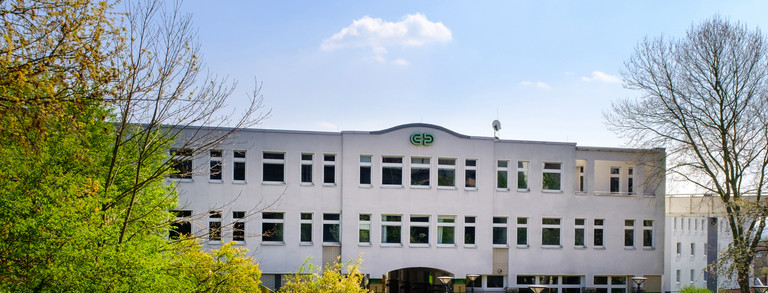Current Publications
Journal Articles
Leišytė, L., Deem, R., & Načinović Braje, I. (Eds.). (in press). Diversity and change agents in higher education [Thematic issue]. Social Inclusion, 14.
Leišytė, L., Načinović Braje, I., Almog, S., Baysan, S., Carvalho, T., Daunoraitė, D., Diogo, S., Papaioannou, P., Farmaki, A., Feldman, S., Külcür, R., Matijošytė, I., Pralgauskaitė, S., Rangelova, V., & Šatkovskienė, D. (2025). Early career researchers as stakeholders in university decision-making in Europe: Comparative perspectives. Social Inclusion, 14, Article 9683. https://doi.org/10.17645/si.9683
Mergner, J., Pekşen, S., & Leišytė, L. (2025). Intersectionality at German universities: Teaching staff as change agents with higher education didactic workshops. Social Inclusion, 14, Article 9829. https://doi.org/10.17645/si.9829
Papaioannou, P. (2025). The relation of MOOC's to Quadruple Helix Innovation Model. Journal of Research and Innovation in Higher Education, 5(2), 1–26. Online available
Zenkienė, L., & Leišytė, L. (2024). Strengthening university capacity in regional innovation ecosystem through the participation in the European Universities initiative. European Journal of Higher Education, 14(sup1), 88–108. https://doi.org/10.1080/21568235.2024.2410358
Papaioannou, P. (2024). The participation of early career researchers in the decision-making bodies of a German university. Postcolonial Directions in Education, 13(1), 188–213. Online available
Books
Leišytė, L., Marquina, M., & Jones, G. A. (Eds.). (2025). University governance, management and the academic profession: Transformations and challenges. Springer. Contents and further information
Leišytė, L., Dee, J. R., & van der Meulen, B. J. R. (Eds.). (2023). Research handbook on the transformation of higher education. Cheltenham: Edward Elgar. Contents and further information
Broucker, B., De Wit, K., Verhoeven, J. C., & Leišytė, L. (Eds.). (2019). Higher education system reform: An international comparison after twenty years of Bologna. Leiden: Brill Sense. Contents and further information
Leišytė, L., & Wilkesmann, U. (Eds.). (2016). Organizing academic work in higher education: Teaching, learning, and identities. London: Routledge. Contents and further information
Žostautienė, D., Susnienė, D., & Leišytė, L. (Eds.). (2016). CISABE'2016. 6th International Conference on Changes in Social and Business Environment, April 28-29, 2016, Panevėžys, Lithuania. Pianoro, Bologna: Medimond. Contents and further information
Book Chapters
Leišytė, L. (in press). Digital platforms and their usage in higher education human resource management. In D. A. Thomas & V. Laterza (Eds.), Critical perspectives on EdTech in higher education: Varieties of platformisation. Palgrave Macmillan.
Carvalho, T., Leišytė, L., Queirós, A., & Diogo, S. (2025). Gender and decision-making in the managerial university: A comparative analysis of women's perceptions in Portugal and Lithuania. In L. Leišytė, M. Marquina, & G. A. Jones (Eds.), University governance, management and the academic profession: Transformations and challenges (pp. 153–172). Springer. https://doi.org/10.1007/978-3-031-86889-4_9
Jones, G. A., Leišytė, L., & Marquina, M. (2025). Governance, management and the academic profession: Themes and concluding observations. In L. Leišytė, M. Marquina, & G. A. Jones (Eds.), University governance, management and the academic profession: Transformations and challenges (pp. 223–234). Springer. https://doi.org/10.1007/978-3-031-86889-4_12
Leišytė, L. (2025). Conceptualising external governance of higher education: Towards multi-level and multi-actor hybrid arrangements. In L. Leišytė, M. Marquina, & G. A. Jones (Eds.), University governance, management and the academic profession: Transformations and challenges (pp. 13–28). Springer. https://doi.org/10.1007/978-3-031-86889-4_2
Leišytė, L., Jones, G. A., & Marquina, M. (2025). Trends in higher education governance and the academic profession. In L. Leišytė, M. Marquina, & G. A. Jones (Eds.), University governance, management and the academic profession: Transformations and challenges (pp. 3–10). Springer. https://doi.org/10.1007/978-3-031-86889-4_1
Pekşen, S., Rose, A.-L., Leišytė, L., & Želvys, R. (2025). The impact of managerialism on control and autonomy in the academic profession in Europe. In L. Leišytė, M. Marquina, & G. A. Jones (Eds.), University governance, management and the academic profession: Transformations and challenges (pp. 93–115). Springer. https://doi.org/10.1007/978-3-031-86889-4_6
Rose, A.-L., Papaioannou, P., Pekşen, S., Stolz, K., & Leišytė, L. (2025). Innovating business education through flipped classroom in Germany: liminal spaces and experiential learning. In M. A. Eklund & K. Graham (Eds.), Flipping the classroom with experiential and community-engaged learning in business: High-impact teaching practices in business education, volume 2 (pp. 209–224). Edward Elgar Publishing. https://doi.org/10.4337/9781035321629.00023
Leišytė, L. (2025). Higher education policy. In M. van Gerven, C. Rothmayr Allison, & K. Schubert (Eds.), Encyclopedia of public policy (Living reference work). Cham: Springer. https://doi.org/10.1007/978-3-030-90434-0_63-1
Leišytė, L., & Rose, A.-L. (2024). Academic identities. In F. Darbellay (Ed.), Elgar encyclopedia of interdisciplinarity and transdisciplinarity (pp. 1–4). Edward Elgar Publishing. https://doi.org/10.4337/9781035317967.ch01





